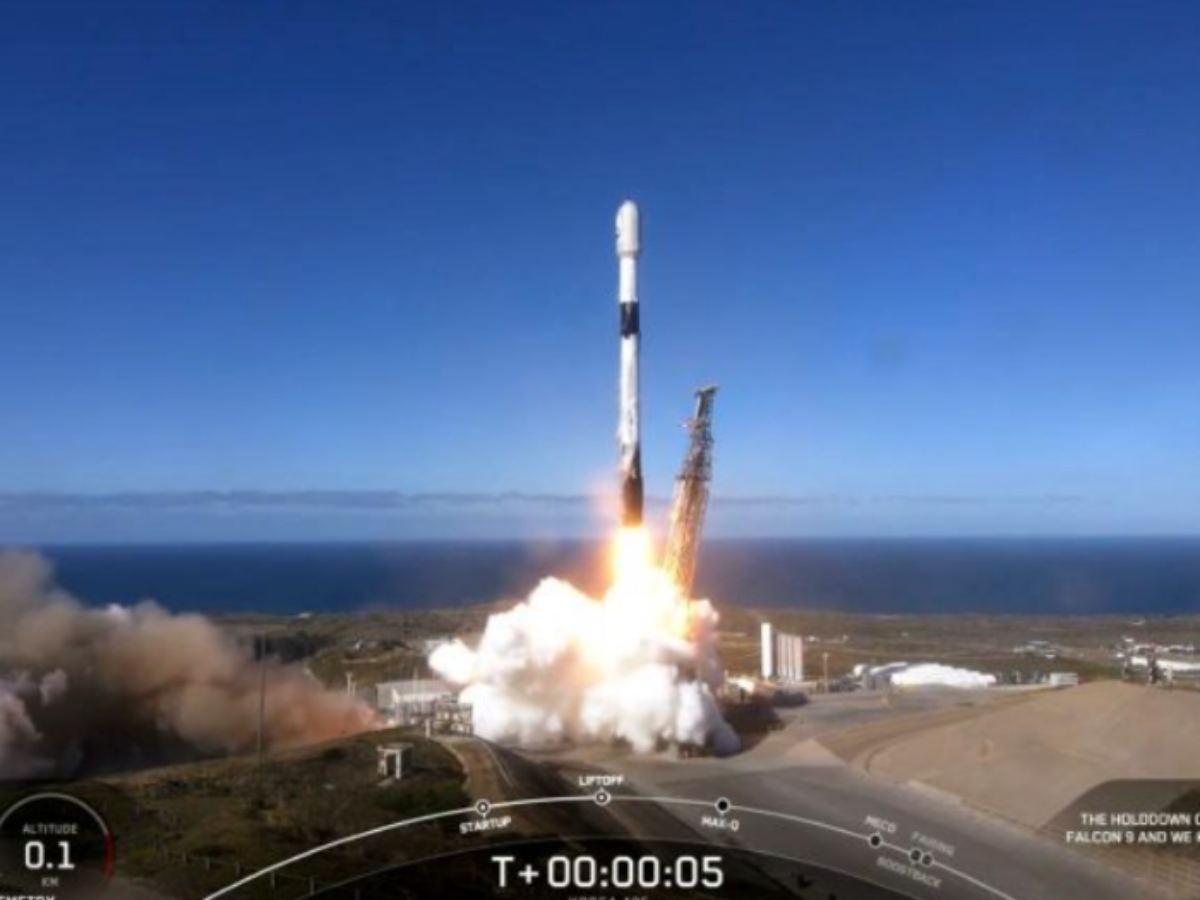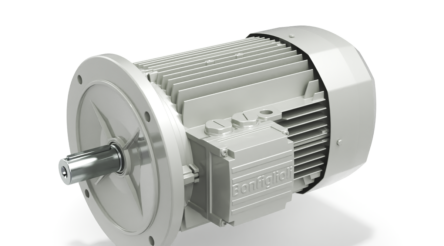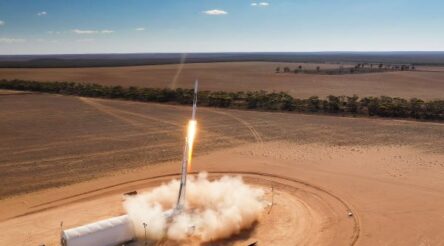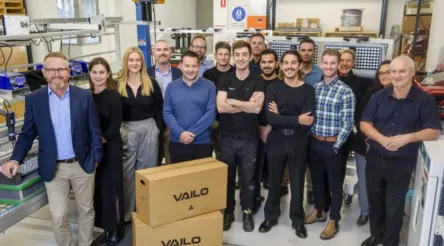SPIRIT satellite achieves Earth orbit featuring Australian technology

A landmark nanosatellite mission supported by the Australian Space Agency, SpIRIT, has lifted off from Vandenberg Space Force Base in California, USA, aboard a Falcon 9 rocket and has entered a polar orbit 513km above Earth..
The Space Industry Responsive Intelligent Thermal nanosatellite (SpIRIT for short) is the first Australian satellite to carry a foreign space agency’s scientific instrument as its main payload.
The Italian Space Agency’s HERMES X-ray detector is designed to search for bursts of gamma rays, which are created when stars die or collide and for a moment emit more energy than an entire galaxy.
SpIRIT is the first of a network of seven nanosatellites called the HERMES Scientific Pathfinder Constellation that are looking for these cosmic phenomena.
SpIRIT was developed by a consortium led by the University of Melbourne and the Italian Space Agency, comprising Inovor Technologies, Neumann Space, Sitael Australia, and Nova Systems in Australia, as well as the Italian National Institute of Astrophysics, Fondazione Bruno Kessler and the University of Tuebingen.
The Australian Space Agency supported the project with almost $7 million in grants.
After initial checks and communication with the Nova Systems ground station in Peterborough, South Australia, in the coming weeks the shoebox-sized 11.5kg nanosatellite will deploy solar panels and thermal radiators nearly one metre long.
The solar panels will power scientific instruments, cameras (including a selfie stick), guidance systems, communication antennae, onboard computers with artificial intelligence capabilities, and an electric propulsion system.
SpIRIT is one of the first spacecraft built and integrated on the Inovor Apogee platform, and includes a University of Melbourne thermal control system, and the Neumann Drive electric propulsion thruster.
CEO Inovor Technologies Matthew Tetlow said the launch marked a significant milestone for the company.
Tetlow said: “Our satellite Apogee platform stands as a testament to world-class technology and unwavering reliability solidifying our commitment to pushing the boundaries of space innovation.”
SpIRIT is designed to fly in low Earth orbit for two years in a Sun-synchronous polar orbit, where the satellite travels from north to south over the poles and is tuned so it always faces the sun at a similar angle.
The nanosatellite will then move to a full operational phase, proving the long-term performance of Australian-made space technology.
CEO Neumann Space Herve Astier said the mission was the second flight-heritage for the Neumann Drive and the first integrated into Inovor’s Apogee platform.
Astier said: “This demonstrates the value of collaboration between local and international partners, with benefits for our education, research and industry communities.
“Qualifying the Neumann Drive with SpIRIT opens the way to commercialisation of our propulsion system with Inovor Technologies and other partners.”
Picture: University of Melbourne
Topics AI Artificial intelligence Australian Space Agency enrico palermo Falcon 9 HERMES Scientific Pathfinder Constellation Herve Astier Inovor Technologies Italian Space Agency Manufacturing News Matthew Tetlow nanosatellites Neumann Space Nova Systems rocket satellite Sitael Australia Space Industry Responsive Intelligent Thermal nanosatellite SpIRIT Technology University of Melbourne
@aumanufacturing Sections
Analysis and Commentary Awards Defence Manufacturing News Podcast Technology Videos










